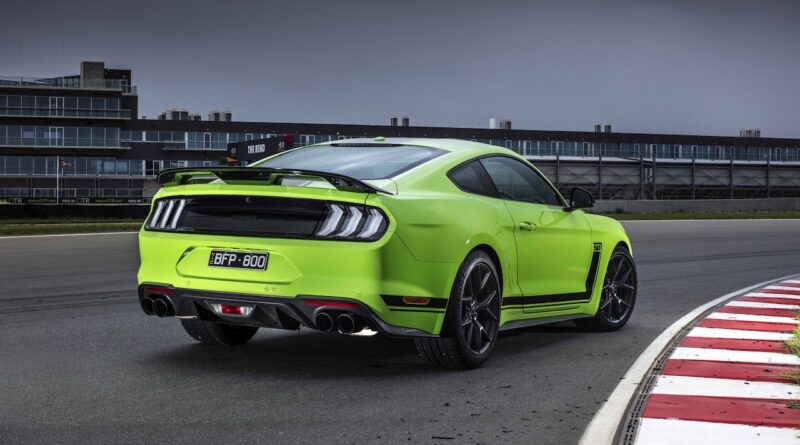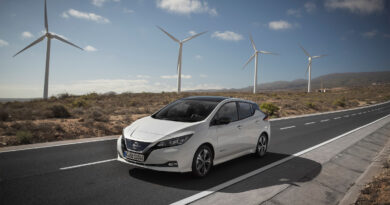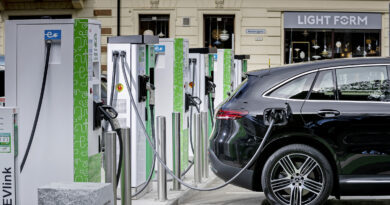Emissions barely drop in 2019
The average carbon dioxide emissions of all new passenger vehicles sold in Australia in 2019 fell by only 0.2 per cent compared to 2018, the smallest year-on-year drop since records started in 2002.
That’s the shocking result of the latest edition of the National Transport Commission annual study into light vehicle CO2 emissions issued this month.
The study emphasises that while Australians are slowly taking up more electrified vehicles they are also gravitating to heavier 4x4s and SUVs powered by orthodox internal combustion engines.
Electric vehicle sales have increased from 2357 in 2018 to 5875 in 2019, the NTC noted.
However, the total number of electric vehicles on Australian roads at 14,500 makes up a very small proportion of the nation’s almost 18 million cars and light trucks.
Even if buyers had chosen cleaner ICE options the results could have been better, the NTC said.
“One of the key findings in the report is that if we choose new vehicles based on emissions performance, we can have a significant impact,” said Sandra McKay, head of sustainability for the National Transport Commission.
“If everyone who purchased one of Australia’s top 10 selling cars or utes last year had chosen the best-in-class vehicle for emissions, Australia would have recorded a 63 per cent reduction in emissions intensity from the cars sold. Instead, Australia recorded a 0.2 per cent drop in emissions intensity.”
Australian average CO2 emissions in 2019 were 180.5 grams per kilometre. Compare that to the NTC’s figures for Japan (114.6g/km), Europe (120.4g/km) and the USA (145.6g/km).
Other key findings in the report include:
- The average emissions intensity from government car fleets decreased by two per cent in 2019.
- The emissions intensity for private buyers also decreased.
- The average emissions intensity for business buyers increased.
- In 2011, pick-up trucks were responsible for 12 per cent of Australian light vehicle emissions and 21 per cent in 2019.
- In 2011, small cars and small SUVs were 31 per cent of the mix and now they are 25 per cent.




